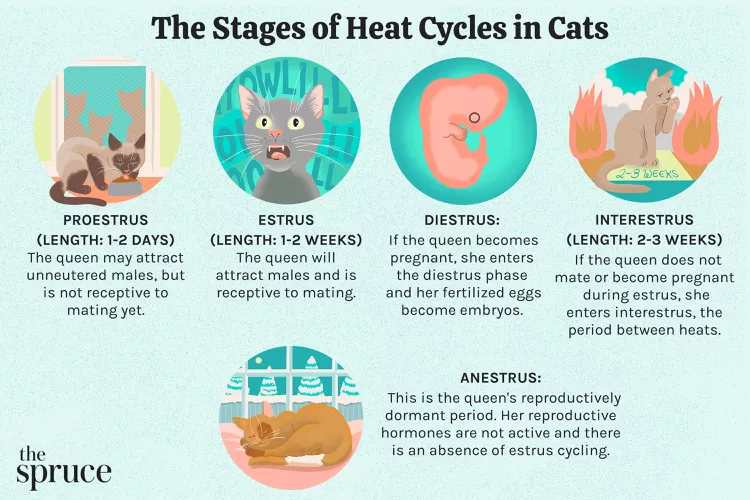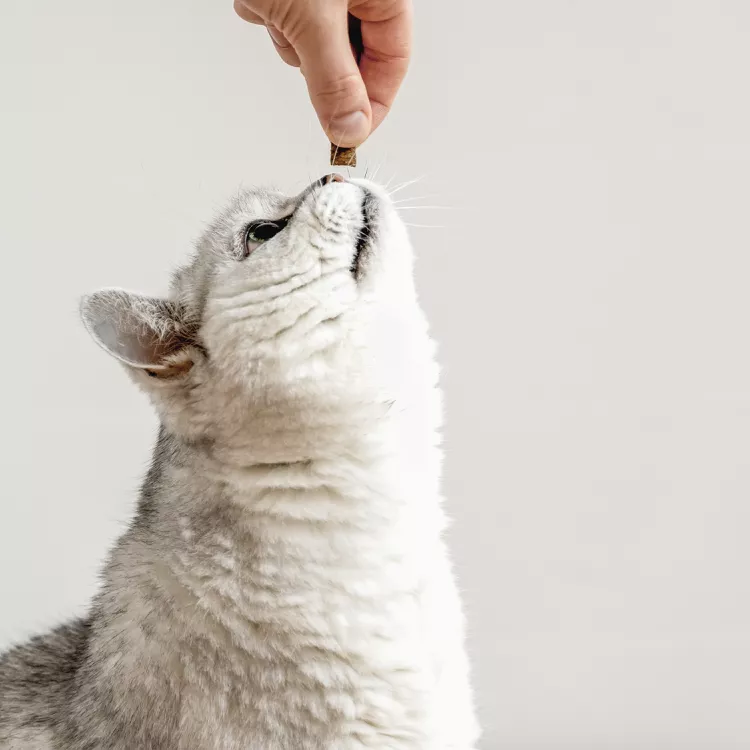
Bringing your pet to the beach can be a great experience for all involved. Pets get to explore a new environment and maybe even take a swim, while owners get to enjoy quality time and bonding with their pet.
Anytime you plan to bring your pet out in public, it is important to be prepared. With beaches, it is especially crucial to know whether they allow pets and what rules are in place. To help you prepare, here’s everything you need to know about pet-friendly beaches.
Pet-friendly beaches are beaches that allow pets. They may be located along an ocean, a lake, a river, or another body of water.
Usually, pet-friendly beaches have specific policies. These may include rules about whether pets are allowed off leash, whether they can go in the water, whether they must display a rabies tag or other proof of vaccination, and whether they are allowed on the beach only during certain hours or seasons. Often, these policies are specific to dogs, the most common pet that owners bring to the beach; however, you may be able to find cat-friendly beaches or beaches that welcome other types of pets.
When it comes to pet-friendly beaches, they usually fall into two categories: beaches that are pet-friendly year round, and beaches that allow pets seasonally.
Year-round pet-friendly beaches, such as Huntington Dog Beach in California, allow owners to bring their pets regardless of time of year and often without hour restrictions.
Seasonal pet-friendly beaches usually restrict pets during summer, or other touristy or busy seasons. They may also enforce time restrictions and either forbid pets or require leashes during certain time frames. For example, the beach in Kitty Hawk, North Carolina has on-leash hours from 10 a.m. to 6 p.m. during the summer.
There are many pet-friendly beaches, and you don’t have to live on the coast to find them. A common inland location for pet-friendly beaches is state parks. These can be great places to visit with dogs, since there are often trails, hiking, and other activities to enjoy.
To find a pet-friendly beach near you, there are a lot of online resources you can utilize. There are several lists of nationally revered pet-friendly beaches (like this list from U.S. News and World Report), or you could use a resource like BringFido to look up information about beaches near you.
The better prepared you are when visiting a new place with your pet, the more enjoyable it will be for all involved. Here are some things to keep in mind specifically for visiting pet-friendly beaches.
Knowing a beach is pet-friendly is one thing, but knowing exactly what requirements they enforce requires some research. Looking up regulations, especially for beaches with seasonal or hour-restrictions, will help you prepare for your visit. Some beaches may have unexpected policies, like vaccination requirements or maximum leash lengths.
It’s always a good idea to bring plenty of fresh water and your own water bowl when traveling with your pet. They especially need to stay hydrated in hot environments like beaches. Other supplies you may need include a life jacket if your pet likes to swim, treats, toys, an umbrella for shade, and towels to dry them off after swimming. Read here for our list of the best beach accessories for dogs.
Depending on the beach you are visiting, there could be potential hazards for your pet. Blue-green algae, also known as cyanobacteria, can be fatal if touched or consumed, and they often bloom in standing bodies of water like ponds or lakes. Your pet could also be exposed to pests at the beach, including sand fleas or ticks, so it’s a good idea to check their fur and bathe them afterward, especially if they like to roll around in the sand. Other potential dangers include heatstroke, burning hot sand, rough currents and waves, and washed up sea creatures.
Beaches can be crowded and chaotic, so it’s important to have control over your pet. If you plan to let your pet off leash, make sure that they are well-behaved around other people and animals, return to you when called, and know basic obedience commands. You should also be a responsible owner by picking up after your pet and obeying the rules.

Exploring the Different Types of Pet-Friendly Beaches
Are you looking for pet-friendly beaches? Learn about the different types of pet-friendly beaches, their locations, and tips for visiting them with your pet.
Exploring Pet-Friendly Wineries: Types, Locations, and More
Discover the different types of pet-friendly wineries, where to find them, and what to expect when you visit. Learn more with The Spruce Pets.
Why Is My Dog’s Eye Swollen?
If your dog's eye is swollen, she may need veterinary attention. The inflammation could be caused by allergies, an injury, or even a tumor.
Can Dogs Eat Corn on the Cob?
Dogs love chewing on corn cobs, but this can cause serious harm. Learn about the dangers of corn cobs and find out what to do if your dog eats one.
Can Dogs Eat Papaya? What to Know About Sharing This Tropical Fruit With Your Pup
Papaya is safe for dogs in moderation, and it can even provide some nutritional value for them. However, too much can cause digestive upset, and it's not suitable to share with dogs with certain health conditions.
65 Irish Cat Names
Irish cat names can pay homage to historical places, local cuisine, famous Irish actors and musicians, or other wonderful aspects of the Emerald Isle.
Feline Hyperesthesia Syndrome (FHS) in Cats
Rippling skin is more than dermal sensitivity in cats. It can be a sign of Feline Hyperesthesia Syndrome. Learn the causes, treatment, and prevention.
How Long Are Cats in Heat?
How long are cats in heat? Learn about the heat cycles of cats, also called estrus, as well as the reasons you should spay your cat.
Can Dogs Eat Raw Chicken Feet?
What are the potential health benefits of chicken feet for dogs? What are the risks?
Is Eucalyptus Safe for Cats?
Many products containing eucalyptus are not safe for cats, and it is important to be aware of the risks to your cat.
What You Need to Know About Homemade Cat Food
If you want to cook for your cat, make sure to read about the risks associated with homemade diets for cats
Can Cats Eat Peanut Butter?
Peanut butter is not toxic to cats, but it might not be the best choice of treat for them.
Can Cats Eat Cheese?
Can cats eat cheese? Is it healthy for them? How much can they eat and what should you do if you fear your cat has eaten too much cheese?
8 Flat-Faced Cats with the Cutest Smooshed Faces
These flat-faced cat breeds have a distinct and adorable appearance. Learn about their origins and traits, and the potential health risks tied to their unique facial structures.
Pictures and Facts About Bengal Cats and Kittens
Bengal cats are a cross between wild cats and domestic cats. Learn more about what they look like and pictures of this beautiful spotted breed.
Top 10 Big House Cats
Larger cat breeds, like Maine coons and savannahs, deserve just as much love as their petite counterparts. These big house cats tip the scales.
Cairn Terrier: Dog Breed Characteristics & Care
The cairn terrier is a spunky, affectionate, and intelligent dog from Scotland. The breed became famous when one played Toto in The Wizard of Oz. Learn about the temperament, history, health, and care needs of the cairn terrier dog breed.
Reasons Why Dogs Grind Their Teeth
Some dogs grind their teeth. Learn why dogs grind their teeth and if it can be harmful. Find out what to do about teeth grinding in dogs.
This Is Why Some Dogs Lean on People
Certain dogs really love leaning on their humans. What does this mean? Find out why dogs lean on people and if this is ever a problem.
Can Dogs Get Depression? How to Help Your Sad Dog
Can dogs get depression? Learn about the signs of depression in dogs and find out how to help your sad dog.